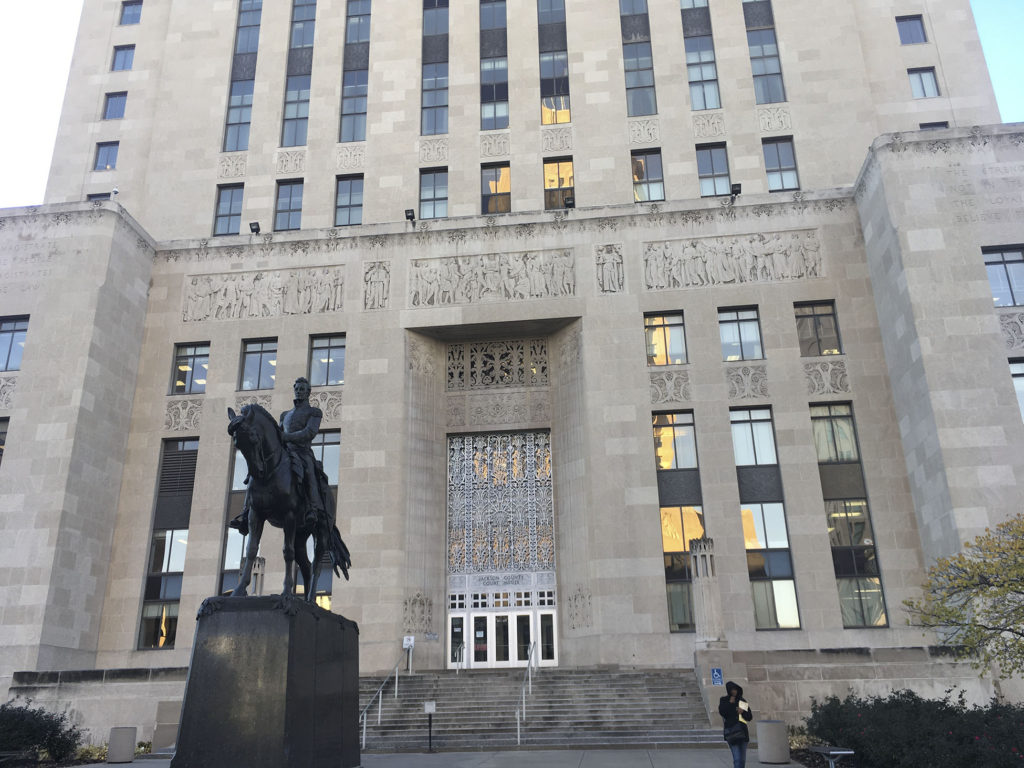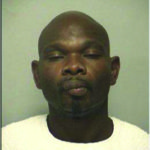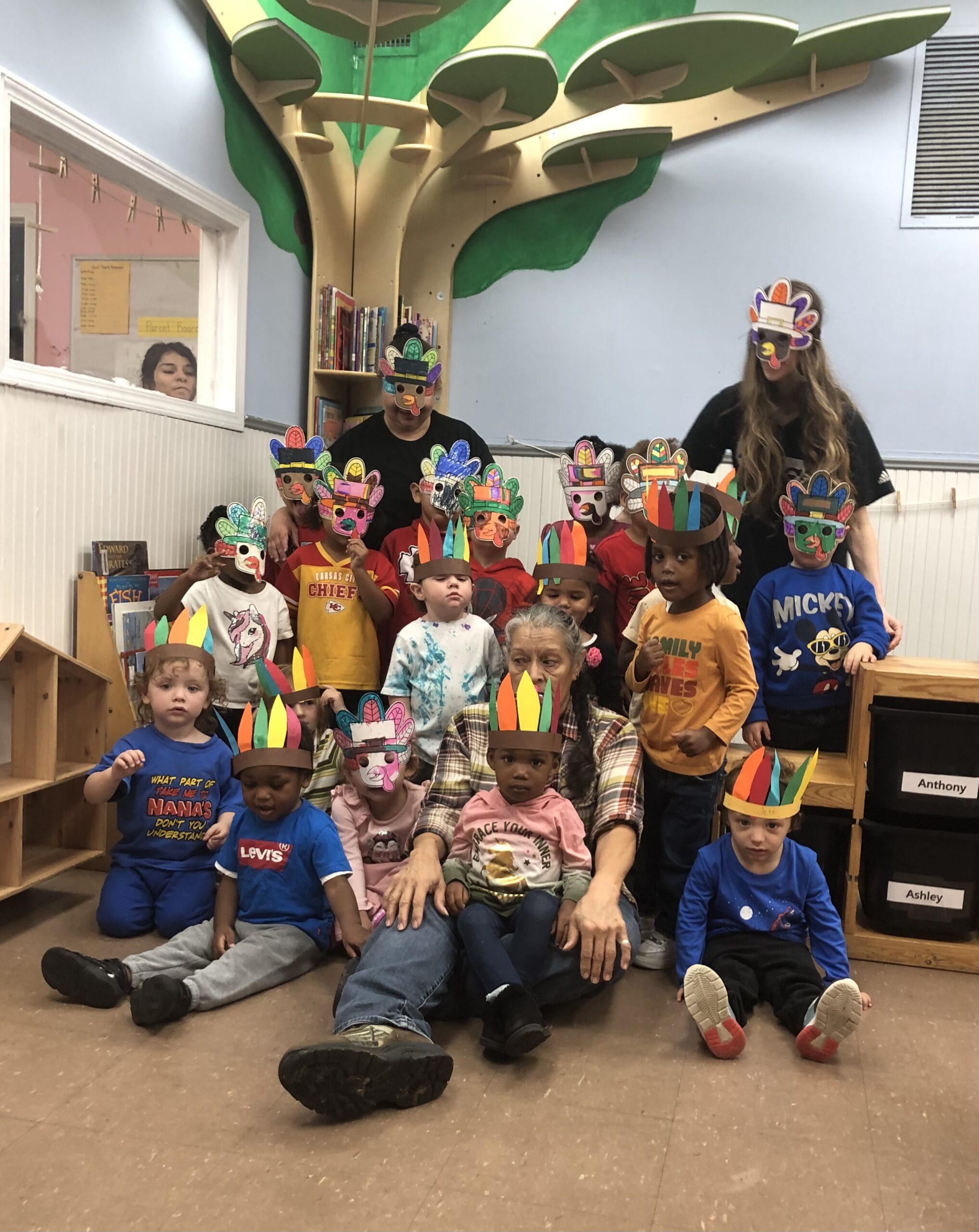 By Paul Thompson
By Paul Thompson
Northeast News
Gladstone. Park. Windsor. Garfield. Benton. Historic Northeast residents from each of these streets were terrorized by a prolific burglar for seven months between December 2, 2014 and July 12, 2015. On the morning of Friday, August 11, 50-year-old Robert L. Brown appeared at the 16th Circuit Court of Jackson County, Missouri in downtown Kansas City to face retribution.
Division 10 Judge Patrick W. Campbell delivered the harshest possible punishment to Brown, sentencing him to 12 years in prison, where he’ll serve concurrent terms on four burglary charges.
A handful of victims from the Scarritt Renaissance neighborhood showed up at the sentencing hearing to urge Campbell to levy the maximum sentence for Brown, who neighborhood association President Leslie Caplan said had actually committed at least nine burglaries in the neighborhood during the seven-month crime spree.
Campbell ultimately sided with the victims, stating that Brown showed “no regard for Missouri law” through his actions.

“The word ‘terrorize’ was the word I came up with,” Campbell said before the sentence. “I believe that the state’s request was extremely reasonable.”
Campbell’s sentence followed testimony from KCPD East Patrol Property Crimes detective Daniel Kaat and the Scarritt Renaissance victims, as well as a conciliatory statement from Brown himself. While Campbell did say he hoped that Brown would have “better days ahead,” he agreed with Scarritt residents that the crimes deserved a significant punishment.
The prosecutor for the case laid out a compelling argument, stating that the defendant had been identified through DNA at several of the crime scenes. Though other scenes didn’t have enough DNA for a positive match, they did match the early-morning modus operandi of Brown’s other burglaries.
Daniel Couzens, a victim who lives on Gladstone Blvd., testified that he and his wife suffered $3,000 worth of damage as a result of Brown’s break-in, along with significant emotional trauma. The couple was home at the time of the burglary, and Couzens’ wife confronted Brown. Couzens testified that Brown responded by picking up rocks, utensils and household items and throwing them at her. He further noted that the incident left an indelible impression on his wife.
“She was very upset, she was crying…just distraught.” Couzens said.
David and Lindsee Hopkins were victims of Brown’s final burglary in the Scarritt Renaissance neighborhood, which occurred on July 12, 2015. Lindsee testified that she heard rustling around outside her home in the early morning hours, and went into her kitchen to investigate. Once there, Lindsee said she was alarmed to find that her belongings had been moved from a kitchen windowsill on the east side of her house. She opened her window to find a man, later identified as Brown, who claimed that he’d been hired for a paint job and had accidentally arrived at the wrong house. Not buying the explanation, Lindsee turned back inside to call the police.
Evidently undeterred, Brown re-entered the Hopkins’s home from another door or window. He eventually fled the premises, but not before taking David’s briefcase, a soft leather over-the-shoulder bag. Officers arrived on the scene shortly thereafter, and following a short foot chase apprehended Brown – with David’s leather briefcase in tow. Though his own stolen property was recovered, David said that the series of burglaries had a profound affect on the neighborhood. He described fellow neighbors who bought alarm systems, got watch dogs, and some who even armed themselves after hearing about the persistent burglaries.
“The neighborhood was…I can’t think of another word other than some people felt terrorized,” David said.
Before sentencing, the prosecution laid out Brown’s history of criminal offenses, which date back to a manslaughter charge for killing an abusive relative in 1993. From there, Brown went through multiple spells behind bars. In each instance, he was arrested less than a year after his release.
Brown’s defense attorney asked Campbell for leniency, citing a long history of abuse, abandonment and drug use. She asked for probation or drug treatment, even if that treatment had to come while her client was incarcerated. In Brown’s own statement before the court, he expressed remorse for his actions and said that his mind was clouded at the time due to drug abuse.
“I’d like to apologize to everyone in the community,” Brown said. “I didn’t care if anyone would have shot me in the head; I just wanted to end the pain.”
“I know a lot of people are very angry and very upset with me,” he added. “They have every right to be. I’d feel the same way if it happened to me.”
During her own testimony, Caplan said that one of the victims of Brown’s crime spree was her own neighbor. She added that during those seven months of burglaries, she felt compelled to get new locks on her doors. Caplan also expressed her gratitude for the vigilance of the Kansas City Police Department during the ordeal.
As she exited the courtroom, Caplan said that she had mixed feelings about Brown’s 12-year sentence.
“I am happy that he got 12 years, because he deserved every moment of that,” Caplan said. “I’m a little disappointed that he didn’t get more, considering that there were at least nine victims in Scarritt. At least it brings some degree of closure for the people who were really victimized.”

















